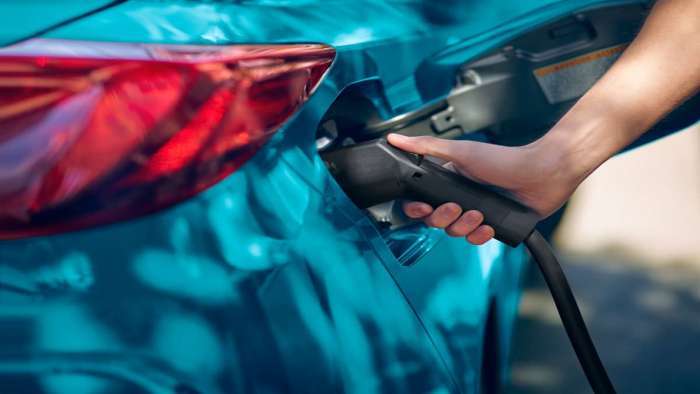In the world of green vehicles, there are three distinct types of green solutions hybrid, PHEV, and EV. There are also fuel cell offerings but with the limited reach of those models, we are excluding them from this discussion. However, look at some of the recent moves that automakers have made, and it seems that PHEV offerings have been cast off to the side while the push to EVs has accelerated.
PHEV The Underlooked Gateway Model

That recent trend is rather puzzling considering that a PHEV (plug-in-hybrid) vehicle is actually the perfect gateway into EV ownership. While traditional hybrid models are considered to be the recognized launching point for the broader green vehicle landscape we see today, they typically don't offer any noticeable pure electric range and rely on the gasoline engine to do the bulk of the leg work.
In contrast, a pure EV has electric motors do all of the performance work with the figurative juice coming from the battery. While this setup eliminates gasoline entirely from the equation, it also comes with increased range anxiety especially if you are traveling through certain parts of the country where the charging network is either not as robust or is virtually non-existent.
Slip inside a PHEV and you'll see that it's the perfect balance of both worlds with many of these vehicles not only having the ability to offer electric-only driving range in urban commuting but also the ability to switch over to the gasoline engine to help the vehicle handle longer road trips. A PHEV is also somewhat less expensive than many current EV models.
For example, the Toyota Prius Prime plug-in has a base price of $28,220 while the 2021 Hyundai Ioniq EV has a higher sticker of $33,245 which is a noticeable premium over the plug-in Toyota. Meanwhile, the 2022 Toyota RAV4 Prime has a sticker of $39,800 which is also less expensive than a base $43,650 Ioniq 5 SUV.
Marketing And Sales Are Formidable Obstacles

With some of these advantages, it's interesting to see that many automakers are not marketing these vehicles as aggressively as EV vehicles and in some instances, it seems that they are putting marketing and advertising for PHEVs on the back burner. However, take a closer look at some of the finer details and some prominent obstacles start to emerge.
The main hurdle for PHEVs to overcome is sluggish sales with many PHEV models having numbers that are less than EV models. While the aforementioned lack of marketing is playing a prominent role in this trend, the increasing range of electric vehicles is also putting the squeeze on these models, with recent EV models like the Silverado EV and Hummer EV pickups boasting a driving range that surpasses the 300-mile barrier. That increase in range eliminates some of the range advantages that a PHEV brings to the table, especially if the charging network becomes more robust.
This lack of sales is also leading to a growing pool of consumers that are not using PHEVs properly. Some of the PHEV buyers we spoke to in the Metro Detroit area while researching for this piece confirmed to us that they don't even plug in their vehicles for charging and a few even claim that they let the regen braking do the bulk of the charging while out on the move. Both of these habits are not how plug-in hybrids operate and they cannot fulfill their maximum potential if they are not charged properly.
Photo Credit: Toyota/Hyundai
Carl Malek has been an automotive journalist for over 10 years. In addition to his specialization with Ford, he grew up in a General Motors household and is extensively familiar with their products too. Contact Carl on Twitter at @CarlMalek3, on Instagram and Facebook for automotive news to send news tips.











